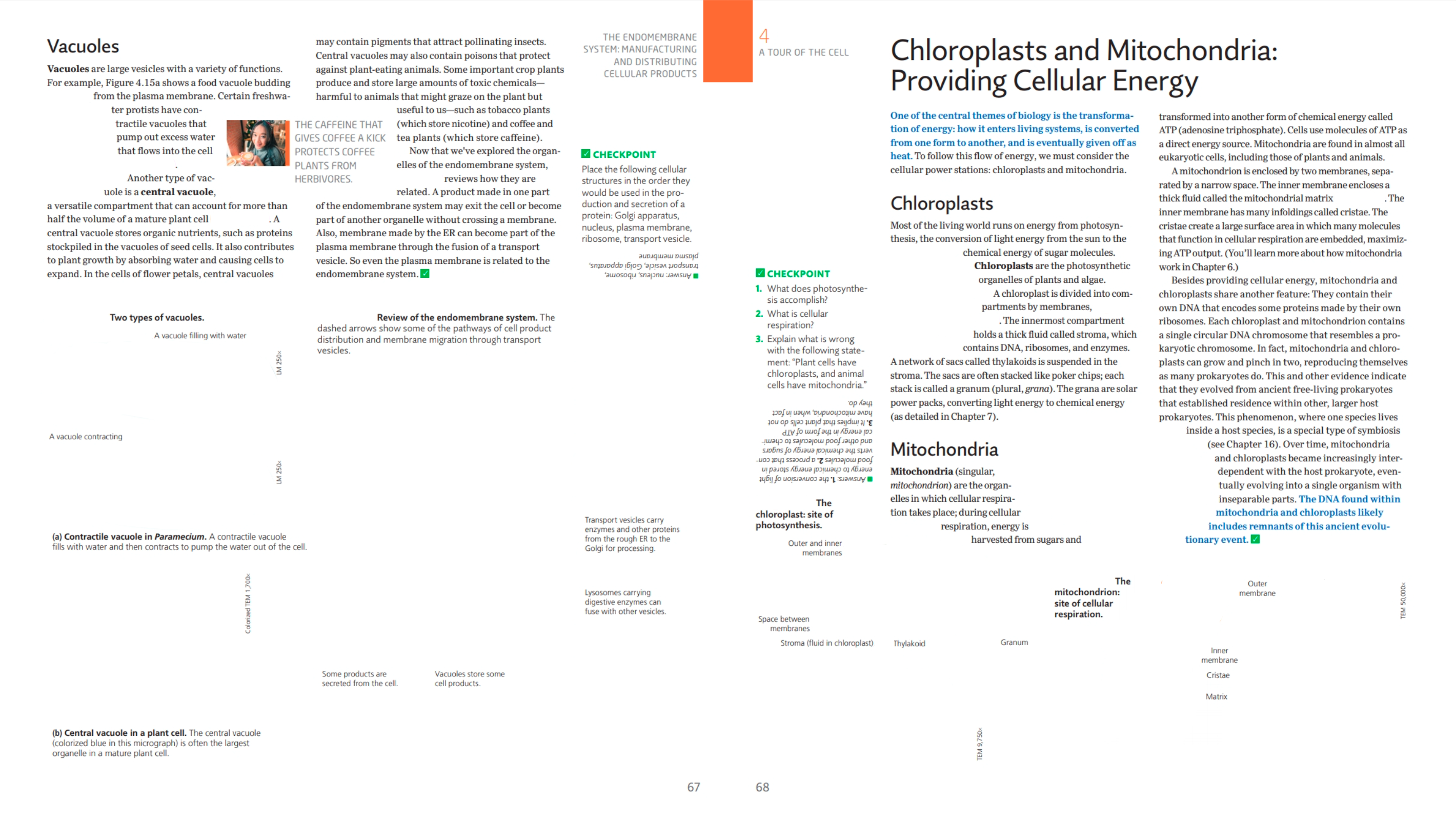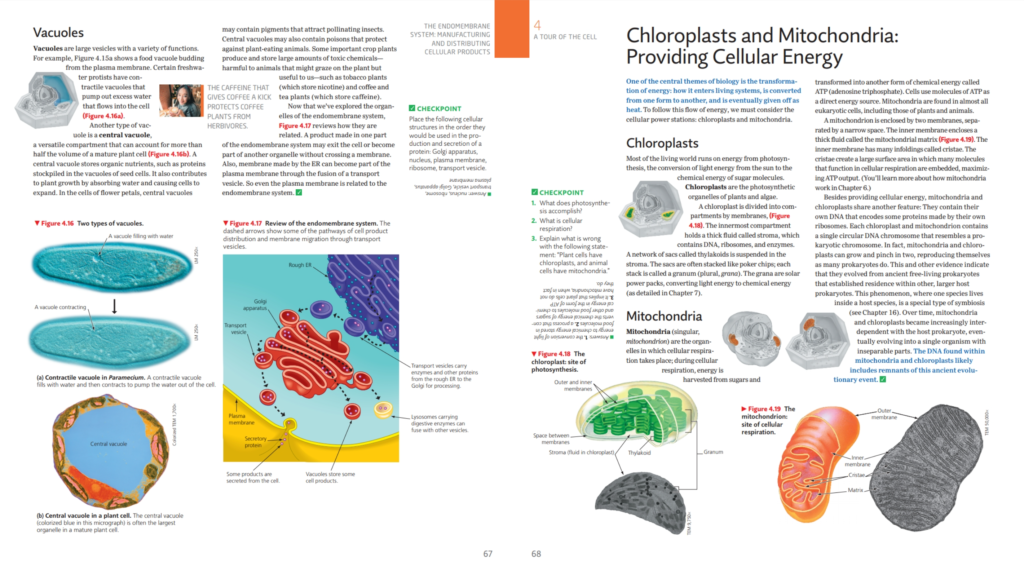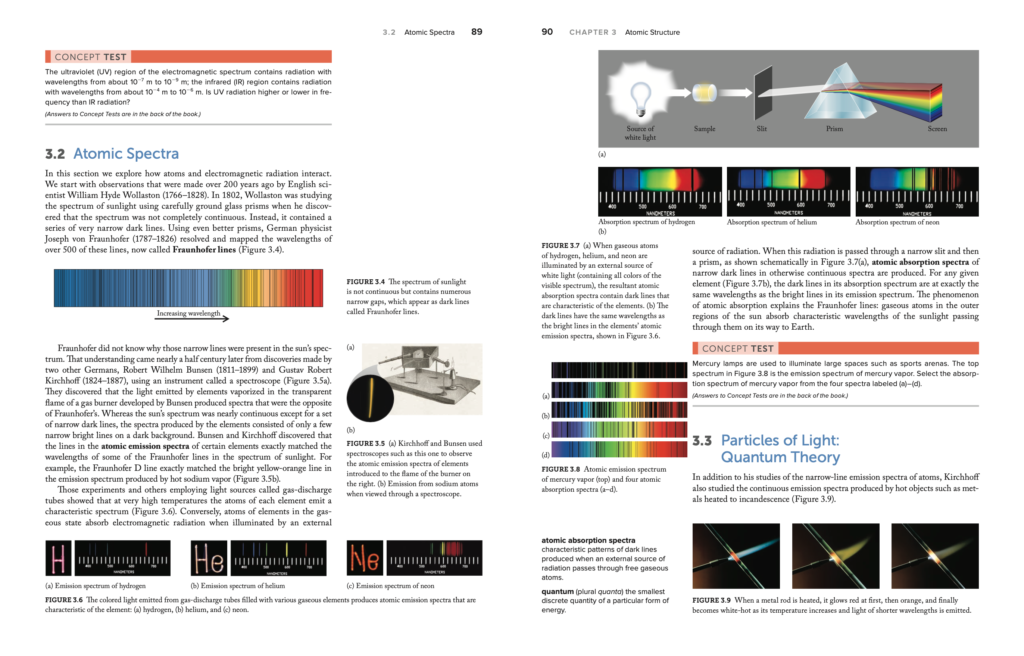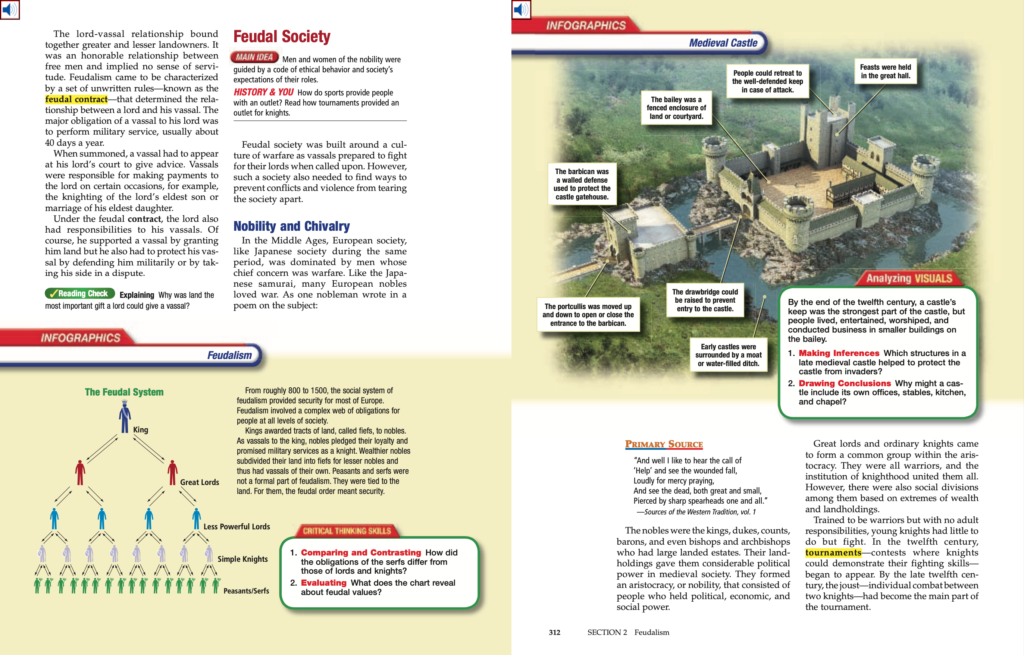Absent Art: Campbell, Niel A., Eric J. Simon, Jean L. Dickey, and Jane B. Reece. (2013) 2019. Essential Biology With Physiology. New York: Pearson. 6e. 67-68.
Historical Hierarchies?


Art predates writing by over ten millennia. Works of art have been used to record and retell human history across time.
The scientific and historical fields are rooted in observation, as is art. All three often presuppose the action of precise representational recording. Art, history, and science have often complemented each other, and appear concurrently within their respective narratives.
Recently, the sciences have become much more influential than the arts, and the historical record has relied much more on the immediacy of its consumption than on the labor and time-intensiveness of its preservation. Concurrently, art as recordkeeping is waning, and its social value has become trivialized much more significantly than that of scientific progress. Art has gradually begun to be viewed as supplementary rather than complementary. Examining the moments of art that are habitual enough to be taken for granted, but are sorely missed with its absence, I make the case for its necessity.
Educational Inequities
Schools’ art programs are being cut, and little is being done to reinvigorate the ones that remain. Artistic education no longer takes precedence, and a much greater emphasis is being placed on the development and marketing of technological subjects; at those same institutions that are cutting back on art education, there is a relative burgeoning of mathematic, scientific, technological, and engineering (STEM) programs (Tamer, M., 2009).
Of 87,498 elementary schools in the United States, 17%—14,875—do not offer any form of visual arts instruction (AFTA, 2013). Neither do 11% of American secondary schools (AFTA, 2013). From 2000 to 2010, the amount of public elementary schools with visual arts-specific classes fell by 4%, from 87% to 83%, as did secondary schools, dropping from 93% to 89% (NCES, 2012). By far the largest percentage of educational institutions with absent visual arts programs are high schools, of which 21%—over one-fifth of all high schools in the country—lack visual arts programming completely (Elpus, K., 2017).
In the transition between standard and higher art education, beyond academic involvement in artistic educational programming, career prospects for educated artists are bleak. Of the two million graduates of art-specific colleges and university art programs, less than 10%—only 200,000—find jobs in the art sector (Boilen et al., 2014).

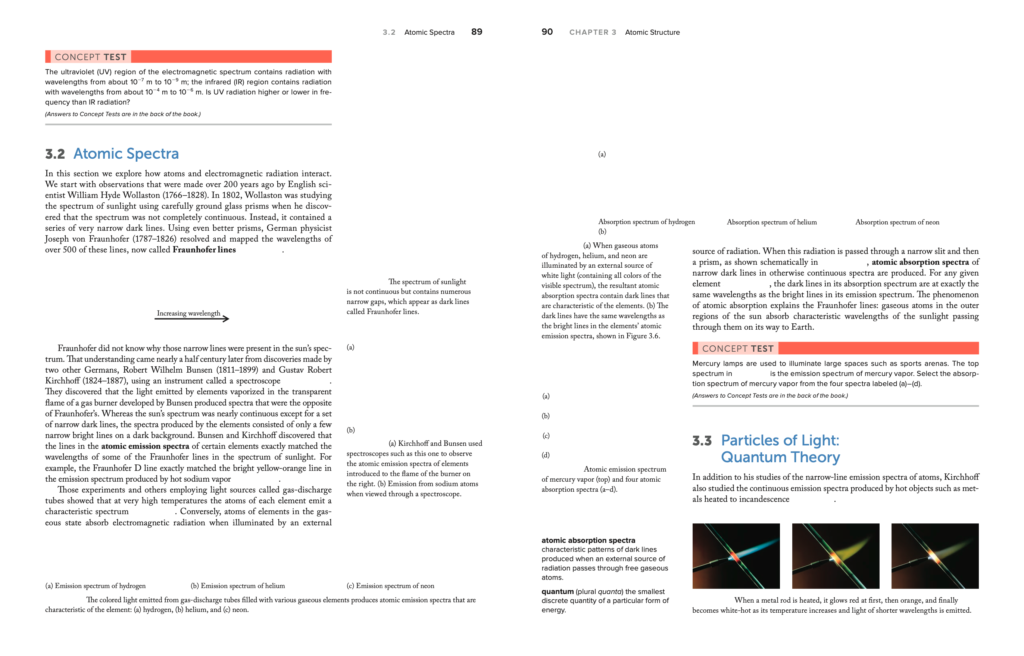
Conversely, the United States has seen an increase in the number of science and technology-oriented outreach and booster programs, such as the Federal STEM Education Strategic Plan, a five-year plan emphasizing equal access to scientific programming for all American school students (U.S. Department of Education, 2018). Women and minority groups are explicitly identified as the target groups of potential STEM engagement (U.S. Department of Energy, n.d.), whereas the art education narratives that are enabled, encouraged, published, and depicted disproportionally amplify individuals with the most privilege. The breakdown of art education’s accessibility benefits white students in high-income families most. Markedly, only 26% of Hispanic college-age individuals and 28% of African American college-age individuals referenced receiving an art education in either primary or secondary school, compared to 59% of white individuals of the same age (AFTA, 2013). In elementary schools with enough funding for separate divisions between gifted and non-gifted programs, two-thirds of the gifted students had access to separate rooms for participating in art-related classroom activities (NCES, 2012). Beyond Title IV degree-granting institutions, At an existing hiring rate of 10%, 83% of working artists with Bachelors of Fine Arts from art institutions are white, and 55% of those working artists are also male (Boilen et al., 2014).
In addition, art is perpetuated as a gendered, feminized, field. Of all art school graduates, 60.3% identify as female (Boilen et al., 2014). Technologically-oriented higher education is a field conversely dominated by men, who make up 55% of Bachelor’s Degree holders in STEM fields (U.S. Department of Energy, n.d.). Whereas multitudes of organizations and focus groups across different levels of education are aimed at generating girls’ and womens’ interest and involvement in the sciences, there exists no parallel emphasis on bridging the gender gap in arts programming and broadening the involvement of men in the visual arts. The gender dichotomy and the calculated, preferential approach of science and technological program outreach contributes to the delegitimization of art as an educational and career goal and disincentivizes individual involvement.
The education system is slowly devaluing art, utilizing various existing institutionalized discrepancies of social privilege.


Works Cited
Americans for the Arts and Vans Custom Culture. 2013. “Arts Education Navigator: Facts & Figures.” Arts Education. https://www.miarted.org/pdf/AFTA-Arts-Education-Navigator-Facts-Figures.pdf.
Boilen, Julian, Vicky Virgin, Susan Jahonda, Blair Murphy, and Caroline Woolard. 2014. “Artists Report Back: A National Study on the Lives of Arts Graduates and Working Artists.” BFAMFAPhD. http://bfamfaphd.com/wp-content/uploads/2016/05/BFAMFAPhD_ArtistsReportBack2014-10.pdf.
Campbell, Niel A., Eric J. Simon, Jean L. Dickey, and Jane B. Reece. (2013) 2019. Essential Biology With Physiology. New York: Pearson. 6e. 67-68.
Danzer, Gerald A., J. Jorge Klor de Alva, Larry S. Krieger, Louis E. Wilson, and Nancy Woloch. 1998. The Americans: Reconstruction to the 21st Century. McDougal Littel. 356-357.
Elpus, Kenneth. 2017. “Understanding the Availability of Arts Education in U.S. High Schools.” National Endowment for the Arts. Art Works. https://www.arts.gov/sites/default/files/Research-Art-Works-Maryland6.pdf.
Feather, Ralph, Charles William McLaughlin, Marilyn Thompson, and Dinah Zike. 2012. Physical Science: With Earth Science. McGraw-Hill Education. 353-354.
Gilbert, Thomas R., Rein V. Kirss, Natalie Foster, and Stacey Lowery Bretz. (2014) 2018. Chemistry: An Atoms-Focused Approach. New York: W. W. Norton & Company. 2e. 89-90.
Goyal, Yogesh and Lian Zhu. 2018. “Art and Science: Intersections of Art and Science through Time and Paths Forward.” EMBO Reports, vol. 20, no. 2. doi:10.15252/embr.201847061.
IES: National Center for Education Statistics (NCES). 2019. “Table 105.50: Number of Educational Institutions, by Level and Control of Institution: Selected Years, 1980-81 through 2017-18.” Digest of Education Statistics. U.S. Department of Education. https://nces.ed.gov/programs/digest/d19/tables/dt19_105.50.asp?current=yes.
IES: National Center for Education Statistics (NCES). 2019. “Indicator 26: STEM Degrees.” Status and Trends in the Education of Racial and Ethnic Groups. U.S. Department of Education. https://nces.ed.gov/programs/raceindicators/indicator_reg.asp.
Office of Economic Impact and Diversity. “STEM Outreach and Engagement.” U.S. Department of Energy. https://www.energy.gov/diversity/stem-outreach-and-engagement.
Parsad, Basmat and Maura Spiegelman. 2012. “Arts Education In Public Elementary and Secondary Schools: 1999–2000 and 2009-2010.” Institute of Education Sciences: National Center for Education Statistics. U.S. Department of Education. https://nces.ed.gov/pubs2012/2012014rev.pdf.
“Science, Technology, Engineering, and Math, Including Computer Science.” U.S. Department of Education. https://www.ed.gov/stem#stem-strategy.
Spielvogel, Jackson J. 2002. World History. New York: McGraw-Hill. 311-312.
Tamer, Mary. 2009. “On the Chopping Block, Again,” Harvard Ed. Magazine. https://www.gse.harvard.edu/news/ed/09/06/chopping-block-again
